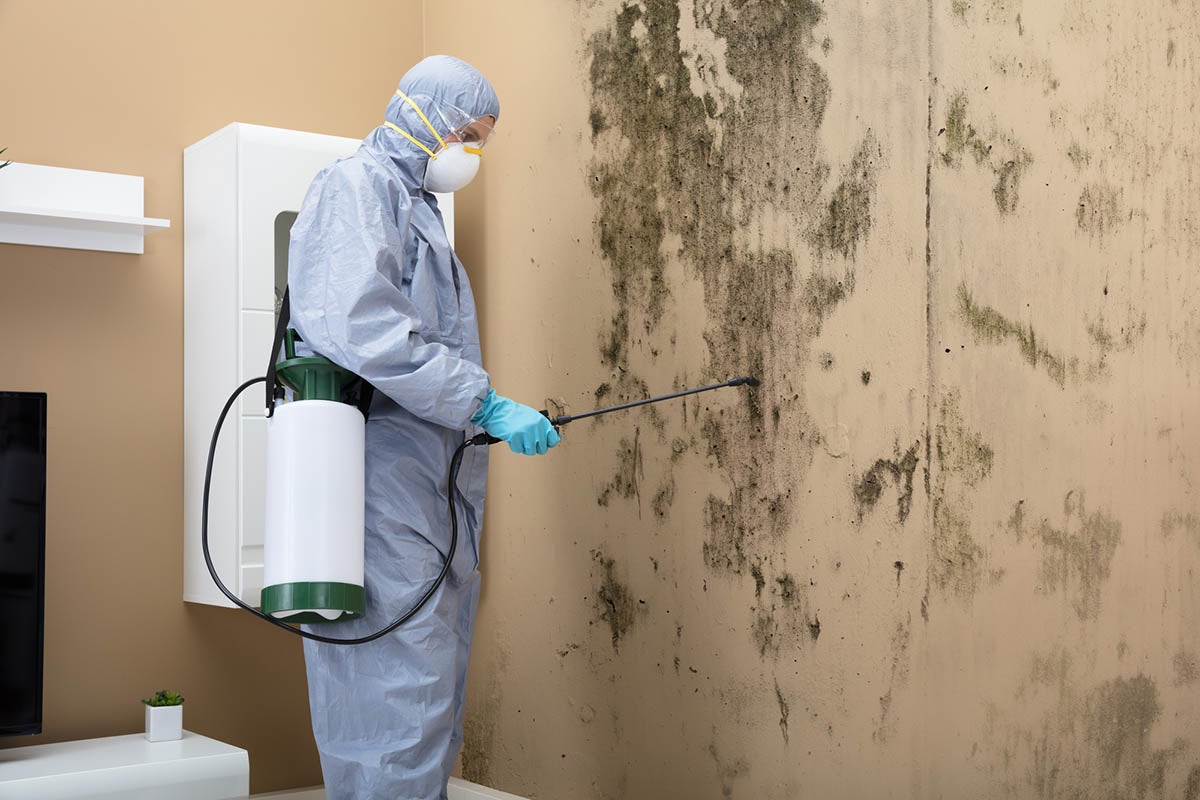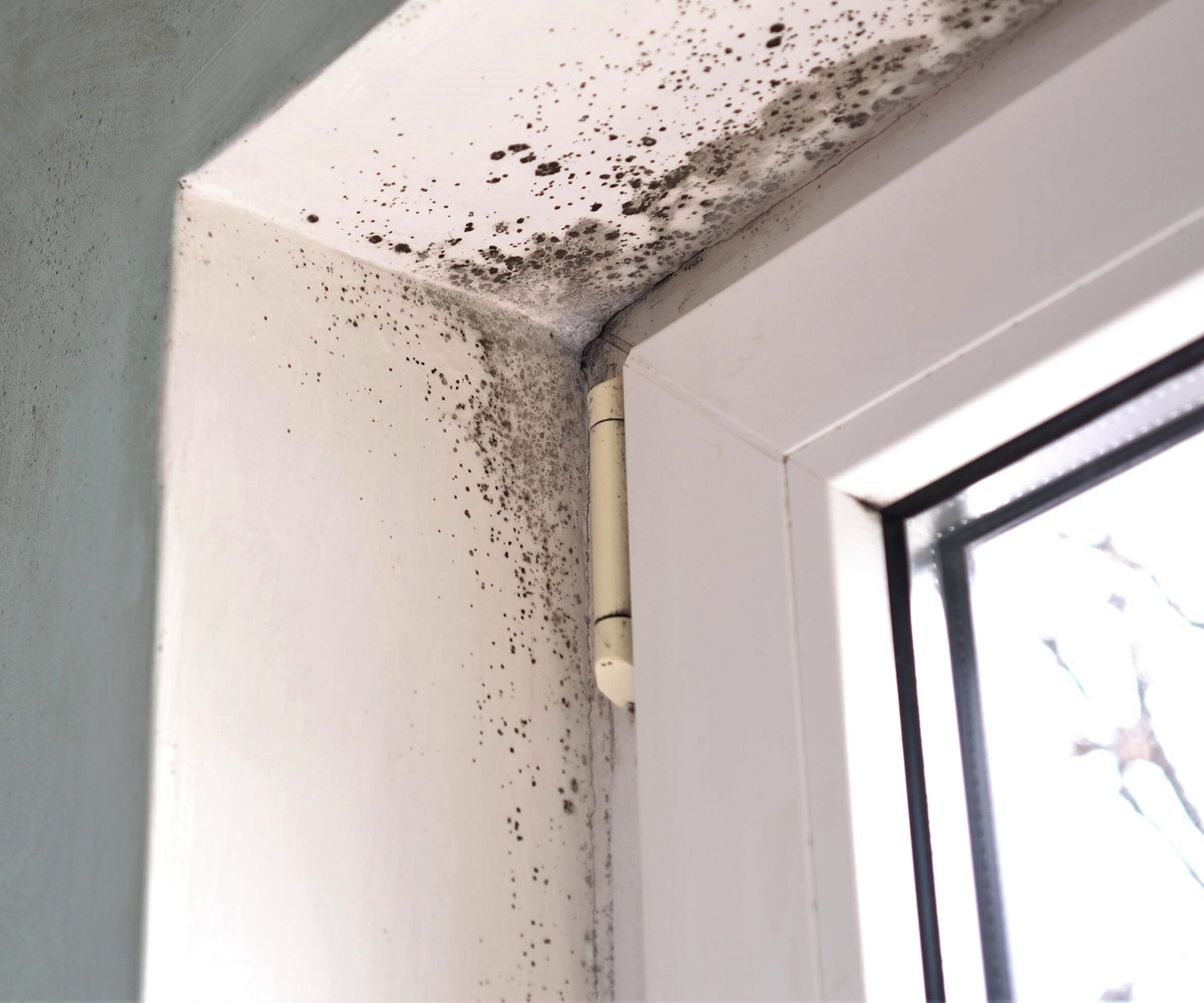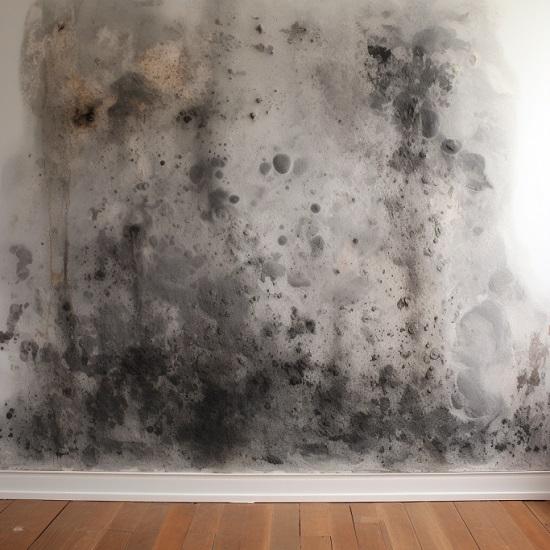After Mold Remediation Methods for Clean Areas
After Mold Remediation Methods for Clean Areas
Blog Article
Effective Blog Post Mold And Mildew Remediation Solutions for Your Home
Mold and mildew development in homes can be a persistent issue, typically needing a systematic strategy for efficient post-remediation remedies. From comprehending the aspects that contribute to mold and mildew development to implementing appropriate cleansing methods and dampness control procedures, the process can be elaborate yet vital for maintaining a healthy living setting. what to do after mold remediation.
Understanding Mold Growth Variables
The key element adding to mold development is dampness. Mold and mildew spores need wetness to sprout and thrive, making wet or moist atmospheres extremely vulnerable to mold problems.

In addition, air flow and light direct exposure can affect mold growth. Locations that lack correct air flow and all-natural light are a lot more susceptible to mold and mildew development. By resolving these variables comprehensively, individuals can properly reduce mold and mildew growth and guard their living settings.
Correct Mold Cleaning Strategies
Making use of effective cleansing methods is crucial in stopping the recurrence and addressing of mold and mildew contamination in indoor atmospheres. The very first action in proper mold and mildew cleansing is to contain the affected area to avoid the spread of spores to uncontaminated areas.

Carrying Out Moisture Control Actions
To properly avoid mold and mildew development and contamination in interior atmospheres, executing dampness control actions is vital. Dampness is the main factor that fuels mold and mildew advancement, making it vital to manage humidity levels within the home. One effective action is to make use of dehumidifiers to maintain indoor humidity levels listed below 60%. Furthermore, making sure proper ventilation in areas susceptible to moisture build-up, such as restrooms and kitchens, can help reduce the threat of mold and mildew development. Frequently examining and repairing any leaks in plumbing, roof coverings, or home windows is additionally crucial in protecting against excess dampness accumulation. Using exhaust followers while cooking or bathing, and permitting air blood circulation by keeping furniture a little away from walls can assist in moisture control. Furthermore, making use of moisture-resistant products in high-humidity locations, such as mold-resistant drywall and paints, can be helpful. By carefully executing these dampness control measures, property owners can efficiently lower the likelihood of mold and mildew recontamination and keep a healthy indoor environment.
Utilizing Natural Remediation Solutions
After successfully implementing moisture control actions to avoid mold and mildew development in indoor atmospheres, house owners can now explore the efficiency of natural remediation services in maintaining a healthy and balanced living room. Natural removal options utilize eco-friendly methods to combat mold and mildew and mildew, making them a preferred selection for those looking for safe alternatives. One such solution is using vinegar, an all-natural antimicrobial agent, to disinfect and clean surface areas contaminated by mold. Simply thin down vinegar with water and spray it onto the impacted locations, allowing it to rest for a couple of hours before wiping tidy. In addition, tea see here tree oil, understood for its antifungal residential properties, can be blended with water and sprayed onto mold-infested surfaces to prevent additional growth. One more natural choice is hydrogen peroxide, which can properly kill mold on various surface areas without leaving dangerous deposits behind. By incorporating these natural remediation remedies into their cleaning routines, property owners can successfully battle mold and mildew growth while promoting a healthier interior setting for themselves and their households.

Preserving a Mold-Free Environment
In order to protect against mold recurrence and make certain a continually mold-free atmosphere, it is essential for home owners to apply proactive upkeep practices. Regularly checking locations susceptible to mold and mildew growth, such as bathrooms, kitchen areas, attic rooms, and basements, is important. Dealing with any type of leakages, water damages, or excess dampness promptly can considerably minimize the risk of mold and mildew growth. Post Remediation Inspection near me. Appropriate air flow in areas with high humidity degrees is additionally crucial to avoid mold and mildew growth. Utilizing dehumidifiers or exhaust fans can assist maintain optimal dampness degrees and inhibit mold spores from view website flourishing.
Furthermore, preserving tidiness in the home is vital for mold avoidance. On a regular basis cleansing and cleaning surfaces, carpetings, and furniture can help eliminate mold spores before they have a possibility to clear up and increase. Using mold-resistant products for building and construction materials and furnishings can even more assist in developing a mold-free environment. Keeping interior plants in check and guaranteeing correct drain in outdoor landscaping can minimize wetness accumulation, minimizing the possibility of mold infestations. By complying with these proactive upkeep techniques, navigate to this site house owners can efficiently promote a mold-free home.
Verdict
Finally, it is vital to deal with mold and mildew development elements, make use of correct cleaning strategies, implement wetness control measures, make use of all-natural removal services, and preserve a mold-free setting in order to successfully handle blog post mold and mildew remediation in your home - Post Remediation verification. By complying with these approaches, you can prevent mold from recurring and make sure a healthy and balanced living setting for you and your family members
The key variable adding to mold development is dampness. Mold spores require wetness to prosper and germinate, making damp or humid environments highly prone to mold and mildew problems.To efficiently prevent mold and mildew development and contamination in indoor environments, executing moisture control actions is extremely important. In addition, making sure correct air flow in locations susceptible to moisture build-up, such as cooking areas and bathrooms, can aid minimize the threat of mold development.After successfully applying moisture control actions to avoid mold development in indoor settings, house owners can now explore the performance of natural remediation remedies in keeping a healthy and balanced living area.
Report this page